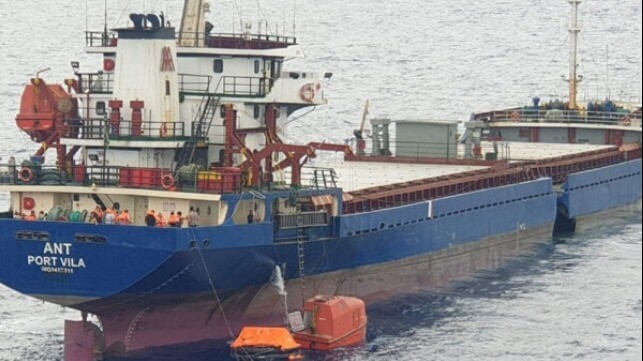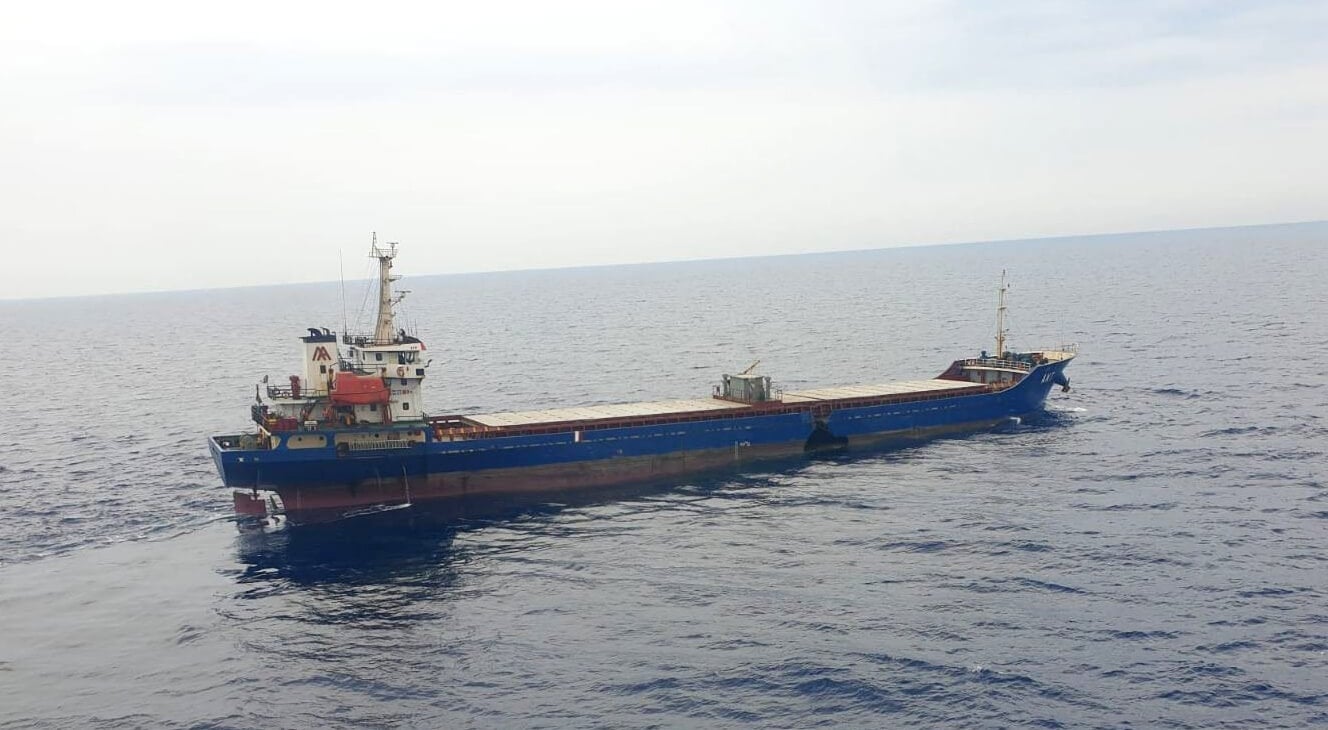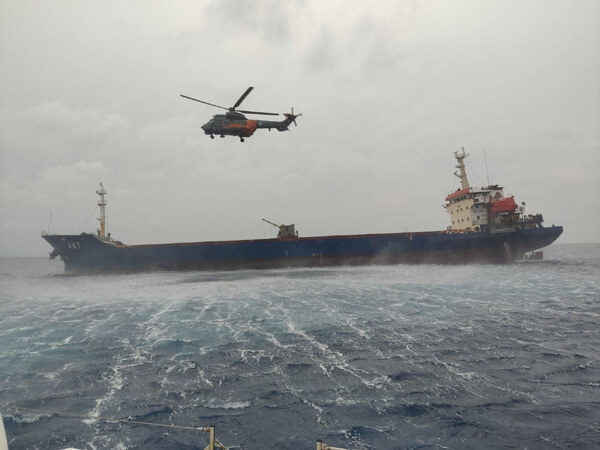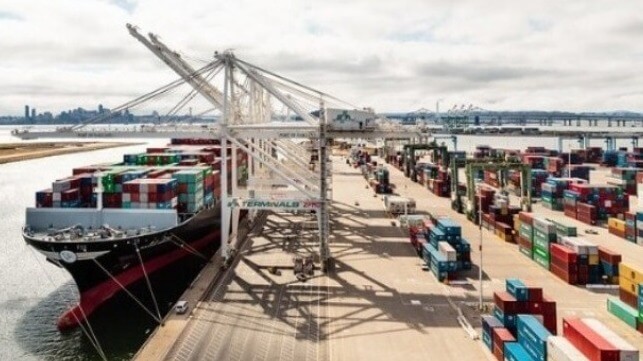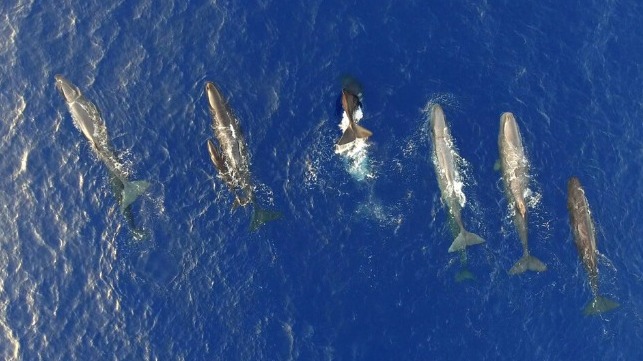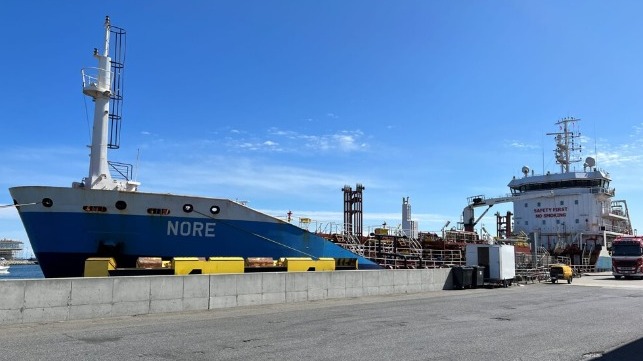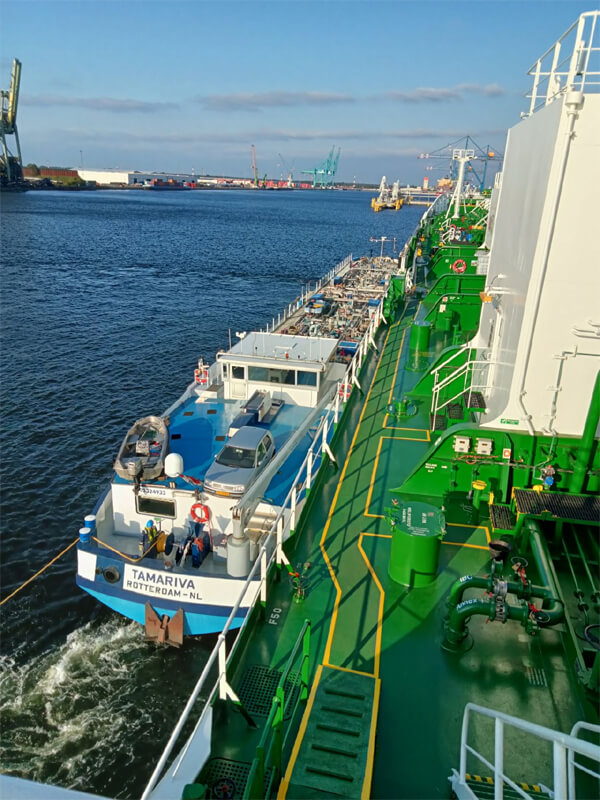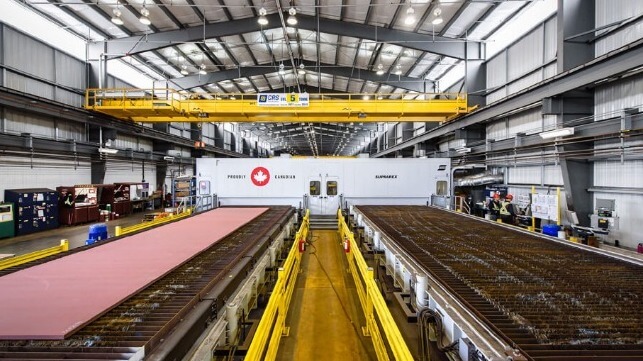From "good riddance" to "don't unfriend us," independent publishers are expressing mixed feelings about Meta's decision to temporarily block news on Instagram and Facebook for some of its Canadian users.
The company said it's a response to the Liberal government's Bill C-18, which would require tech giants to pay publishers for linking to or otherwise repurposing news content.
Kerry Benjoe, president of Eagle Feather News Media in Saskatchewan, said she relies on Facebook to grow her newspaper's audience and ad revenue.
If Meta were to permanently block news, it would impact the way she does business.
Eagle Feather News is a monthly newspaper that distributes 10,000 copies to every First Nation in the province. Benjoe said her reach is restricted, considering the size of Saskatchewan, so she leans to social media.
"It's going to really limit the audience that I want to reach, and not just Indigenous people," Benjoe said in an interview regarding Meta's decision.
"It's really important for the rest of the public to hear these (Indigenous) stories and see all the good things happening in these communities that are so isolated from major urban settings."
Many local news publishers have popped up as a result of newsroom layoffs over the years, and each rely on social media in different ways to either grow their business or audience.
Darren Krause fully launched his online news site, LiveWire Calgary, about five years ago, after his employer Torstar shuttered its StarMetro newspaper chain, which offered free commuter papers.
The former managing editor of Metro Calgary built his business on filling the gaps in hyper-local news, and said he now has up to 100,000 page views per month, most of which is driven by Google searches and social media.
"Being an online news organization, the clicks generate cash," Krause said.
He said he's less concerned about Meta blocking news on Facebook than he is about Google blocking news — a test Google ran earlier this year that removed news links for less than four per cent of its Canadian users.
"At least 60 per cent of my news is generated by Google's search engine," Krause said. LiveWire Calgary is also part of the Google News Initiative that helps independent newsrooms grow.
"It's counterintuitive for them, because on one hand they're trying to support better, stronger local news, but they don't want to have to pay for it."
The online news bill could pass as early as this month. If it does, Meta and Google would be required to enter into agreements with news publishers to pay them for news content that appears on their sites if it helps the tech giants generate money.
Meta said it will comply by ending news on Facebook and Instagram all together. The WhatsApp and Messenger apps will not be affected. Google has also indicated that removing news could be an option.
The Office of the Parliamentary Budget Officer released a report last year that projected Bill C-18 will generate over $300 million annually. But the majority of that will likely to go to big Canadian broadcasters, leaving small independent publishers feeling like they'll be getting just a small crumble of the pie.
Will Pearson, co-publisher of Peterborough Currents, said he's opposed to C-18 because he won't benefit from it, and he believes publishers need to develop new ways to reach people that aren't mediated by tech companies.
He said it's time for media to say "good riddance" to Facebook. Still, he does wonder what misinformation and low-quality news sources would fill that vacuum where reliable sources once existed.
"I do think the relationship between news and social media is strained. The incentives are not aligned, and I wonder why the government and big media publishers are finding a solution to their budget crisis that locks them in that relationship when we're never going to control Facebook or whether they give us reach," he said.
Pearson, whose digital news site has 3,6000 newsletter subscriptions, said he's more focused on growing his business through subscriptions, newsletters and interacting with his community in person.
"Facebook says they don't need news," Pearson said. "I feel like we don't need Facebook."
This report by The Canadian Press was first published June 2, 2023.
Meta to test blocking news on Instagram,
Facebook for some Canadians
Mickey Djuric, The Canadian Press
Meta is preparing to block news for some Canadians on Facebook and Instagram in a temporary test that is expected to last the majority of the month.
The Silicon Valley tech giant is following in the steps of Google, which blocked news links for about five weeks earlier this year for some of its Canadian users in response to a controversial Liberal government bill.
Bill C-18, which is currently being studied in the Senate, will require tech giants to pay publishers for linking to or otherwise repurposing their content online.
Meta said it's prepared to block news permanently on Facebook and Instagram if the bill passes, which the government said could happen this month.
Rachel Curran, head of public policy for Meta Canada, said this first temporary move will affect one to five per cent of its 24 million Canadian users, with the number of those impacted fluctuating throughout the test.
Randomly selected Canadian users will not be able to see or share news content in Canada either on Instagram or Facebook.
She said that could include news links to articles, reels — which are short-form videos — or stories, which are photos and videos that disappear after 24 hours.
However, the experience won't be the same for every user who is subject to the test.
"It won't be a uniform experience, necessarily. Some news links won't be shareable on Facebook, but it might not be that experience on Instagram. It will be a different experience on different surfaces," Curran said in an interview with The Canadian Press.
Canadian Heritage Minister Pablo Rodriguez said in a statement Thursday evening that the fact that Facebook is still refusing to work with Canadians shows how deeply irresponsible the company is.
"When a big tech company, whatever the size is, the amount of money and the powerful lawyers they have, they come here and they tell us, 'If you don’t do this or that, then I’m pulling the plug,' – that’s a threat and that is unacceptable," he said in the statement.
"I never did anything because I was afraid of a threat, and I will never do it."
Rodriguez added in a tweet that "Canadians will not be intimidated by these tactics."
Meta said it is picking random news publishers that will be notified that some people in Canada will not be able to see or share their news content throughout the test. They will still be able to access their accounts, pages, businesses suites and advertising.
International news companies such as the New York Times or BBC could also have their content blocked in Canada during the test, if they are randomly selected. However, people outside of Canada will not be affected.
"It's only going to impact your experience ... if you're in Canada," Curran said.
Meta is defining news as it's described in the Liberal government's online news act.
"The legislation states that news outlets are in scope if they primarily report on, investigate or explain current issues or events of public interests," said Curran.
Content that doesn't fall under that definition will not be blocked from Canadians. When Facebook blocked news in Australia in 2021 because of a similar bill, there was widespread concern that trusted sources would be unavailable, while pages that published misinformation flourished.
Curran said affected Canadians will still be able to use their platforms to access information from a variety of sources including government pages, organizations and universities.
"We think all of that is good information. They're also seeing and sharing things that interest them and entertain them. We would not classify that as misinformation. That's great information and that will continue to be shared and to be viewable," Curran said, adding that the company will continue to address misinformation on its site through a global fact-checking program.
Meta's test is designed to ensure that non-news agencies don't get caught in the dragnet should they block news permanently.
The company said it doesn't want to accidentally block emergency services, community organizations, politicians or government pages, which happened in Australia.
Legacy media and broadcasters have praised the federal Liberals' online news bill because it would bring in more money for shrinking newsrooms. Companies such as Meta and Google have been blamed for disrupting and dominating the advertising industry, eclipsing smaller, traditional players.
Curran said removing journalism from Meta's platforms is a business decision, and the company makes "negligible amounts" of revenue from news content.
The company said less than three per cent of what people see in their Facebook feeds are posts with links to news articles, and many of its users believe that is already "too much" news.
"We're facing a lot of competitive pressures and competition for user time and attention. We're also facing some pretty serious economic headwinds, and a macro economic climate that's a bit uncertain," Curran said.
"Of course news have value from a social perspective. It's valuable to our democracy. It just doesn't have much commercial or economic value to our company."
This report by The Canadian Press was first published June 1, 2023.
———
Meta funds a limited number of fellowships that support emerging journalists at The Canadian Press.
